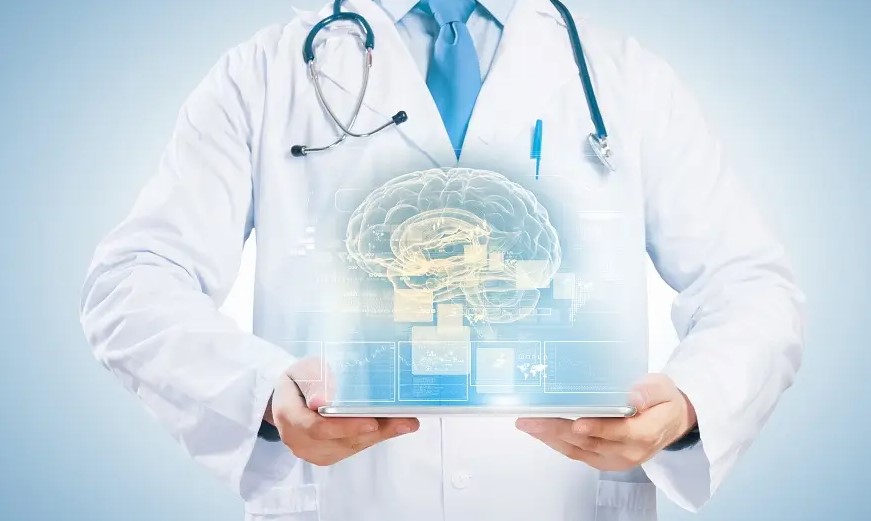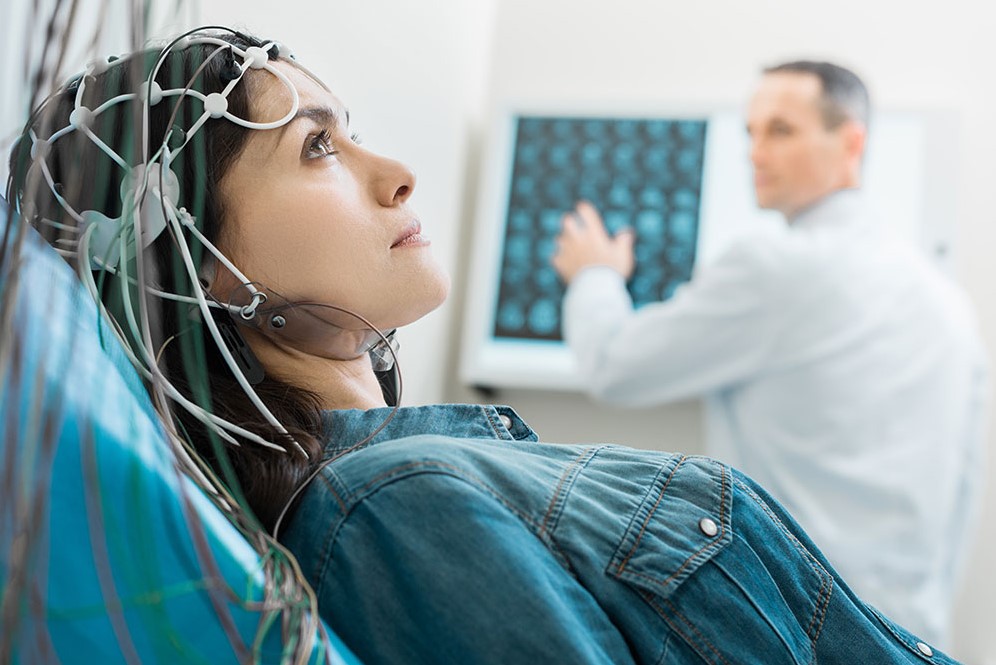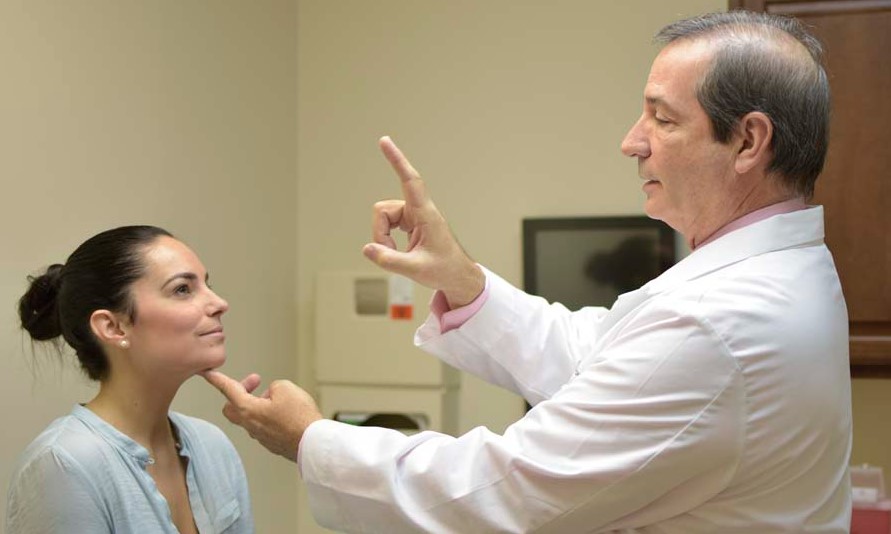Neurolog
Neurology is a branch of medicine that deals with the diagnosis and treatment of diseases related to the brain and the nervous system. The neurology department provides services for various different diseases. Some of these diseases include:
✔Epilepsy
✔Parkinson’s disease
✔Headache and migraine
✔Dementia
✔Alzheimer
✔Head Traumas
✔Multiple Sclerosis

Epilepsy
Epilepsy is a disease characterized by seizures that result from abnormal electrical activity in the nerve cells of the brain. During a seizure, the patient may lose consciousness, and symptoms such as body convulsions, tremors, loss of bladder control, and hand and arm movements may be observed.
The most significant cause of epilepsy is genetic predisposition. Besides this, conditions such as head injuries, brain infections, brain tumors, and vascular diseases can also lead to epilepsy. Epilepsy is a chronic condition and can negatively impact the quality of life.

Medications are used in the treatment of epilepsy. The goal of medications is to prevent or reduce seizures. Most patients can eliminate or reduce the number of seizures using medication. However, drug therapy may not be sufficient for some patients.
In this case, surgical treatment options are evaluated. There are two main surgical approaches for epilepsy. The first is the removal of the brain area that was the source of the seizure (resective surgery). The second is cutting nerve pathways (disruptive surgery) to prevent the spread of seizures.
Parkinson’s disease
Parkinson’s disease is a movement disorder that develops due to the decrease or damage of dopamine-producing cells in the brain with aging. Patients with Parkinson’s disease experience symptoms such as hand and foot tremors, slow movements, muscle stiffness, and difficulty walking. Parkinson’s disease typically occurs over the age of sixty. Although the exact cause of the disease is not fully known, genetic and environmental factors are believed to play a role.
Medications are used in the treatment of Parkinson’s disease. The medications aim to eliminate the dopamine deficiency or increase the effect of dopamine. Through drug therapy, most patients can control their symptoms and improve their quality of life.
However, in some patients, drug therapy may lose its effectiveness over time or cause side effects. In this case, surgical treatment options are evaluated. There are two main surgical approaches for Parkinson’s disease. The first is the ablation or freezing of specific brain areas (resective surgery). The second is placing electrical probes in specific brain areas and providing electrical stimulation (deep brain stimulation).
Migraine
Migraine is a type of headache that causes severe pain on one side of the head. Migraine pain typically comes in the form of attacks and may be accompanied by symptoms such as nausea, vomiting, sensitivity to light, and sensitivity to sound.
There are 2 types of migraine:

✔ Migraine with aura: Before the migraine pain begins, the patient may experience symptoms such as visual disturbances like flashing lights in the eyes, vision lines, dizziness, weakness, and difficulty speaking. These symptoms are called auras and start 1-2 hours before the pain appears.
✔ Migraine without aura: In migraine without aura, the pain starts suddenly without any warning signs.
The exact cause of migraines is not fully known. However, factors such as genetic predisposition, hormonal changes, stress, sleep disorders, and dietary habits are believed to be contributing factors.
Medications are used to treat migraines. The medications aim to relieve pain or reduce the frequency and severity of attacks.
Dementia
Aging means that living organisms gradually lose their biological functions. As we age, most brain cells die. This leads to a decline in sensory and mental functions such as movement, hearing, taste, memory, and speech.
The following symptoms appear in dementia:
✔ Individuals may confuse the concepts of time and place. For example, they may not recognize their home or the person next to them.
✔ They may have difficulty concentrating and planning things they need to do in their daily lives.
✔ Their memory weakens.
✔ There is slowing and distortion in the thinking process.
✔ There are changes in emotional state. They may experience feelings such as sadness and guilt and may talk about their desire to commit suicide.
✔ There are problems with their behavior. They may exhibit behaviors that can harm their environment. There are speech disorders.

Alzheimer
Alzheimer’s disease often appears in people aged 60 and older. In the early stages of Alzheimer’s disease, symptoms may be confused with age-related forgetfulness, but as the disease progresses, families may notice increased forgetfulness and behavioral changes (such as irritability, withdrawal, and suspicion). If the disease is not diagnosed early, it becomes challenging to treat.
In the early stages of Alzheimer’s disease, patients have difficulty learning new information. As they forget old information, they struggle with performing daily tasks, remembering home locations and belongings, handling money, and recalling the names of relatives. Time-related information like the year, month, and day starts to fade. Depression may sometimes be diagnosed at this stage, and there may be a need for antidepressant medications, which can slow the progression of the disease. It’s not always apparent that a patient diagnosed with depression and receiving depression treatment may also have Alzheimer’s disease; this is a common misconception.
In the middle stages of Alzheimer’s disease, more and more assistance is needed with daily life activities (such as dressing, bathing, toilet hygiene, and teeth cleaning).
In the advanced stages, the patient may need to be placed in a special care facility due to hallucinations, severe agitation, suspicion, and serious sleep disturbances.
Early diagnosis of Alzheimer’s disease is crucial and involves neurological examinations, imaging techniques, and neuropsychological tests. It is the most common type of dementia.
Medications that slow down or delay the progression of the disease are used at each stage to treat Alzheimer’s disease. These medications are determined based on the course of the disease and the mode of use.
Head Injuries
For people who have experienced severe head injuries, after a certain period of time (such as 6 months or one year), brain cells may begin to die, and brain functions may be lost.
Some problems that may occur as a result of severe head injuries over time include forgetfulness, withdrawal, excessive irritability, inability to find objects or places, sleep disturbances, numbness in the arms and legs, and tingling in the tongue. Neurological examination, head imaging, and neuropsychological tests help diagnose problems arising from head injuries.
Multiple Sclerosis (MS)
Multiple sclerosis is a disease that affects the brain and spinal cord, known as the central nervous system. There is an insulating substance called myelin around nerve tissues to ensure communication between nerve cells. This substance can be damaged for various reasons, disrupting sensory and motor pathways. In this case, the brain cannot control functions such as vision, walking, and speech.
Symptoms of the disease may occur in different locations and with varying severity. Some symptoms may start suddenly, while others rarely disappear.
The most common symptoms of multiple sclerosis are:
✔ Restriction of body movements (such as paralysis, weakness, and unstable walking)
✔ Tingling and numbness
✔ Balance problems expressed as dizziness
✔ Double or blurred vision
✔ Involuntary eye movement (nystagmus)
✔ Bladder incontinence, inability to urinate, or frequent urination
✔ Reduced sexual function in men
✔ Tremors in the hands
✔ Involuntary muscle contractions or relaxation
✔ Speech disorders

The severity and course of MS symptoms may vary from patient to patient. The disease is recurrent, but it is not clear when the next symptom will appear. Due to the variable frequency of recurrence, the disease can sometimes break for a few years.
The causes of MS disease are not yet known.
The main goal for the treatment of Multiple Sclerosis disease is the repair of the damaged myelin sheath and axon (fiber emerging from the nerve cell). Although a complete cure has not been found yet, some drugs used in cancer treatment and cortisone can be successful in repairing the damage seen in the central nervous system. Benefiting from physiotherapy can slow down the clinical rate of the disease.
Neurological Diagnosis Methods
The main methods used for diagnosis in the field of neurology are:
✔ CT (Computed Tomography)rafi)
✔Mr Imaging
✔ EEG
✔ EMG (Electroneuromyography)
CT (Computed Tomography)
Computed tomography is a special method used to capture sectional images of tissues and organs in the body using X-rays. Compared to regular X-rays, CT scans provide more detailed information about head injuries, brain tumors, and other brain diseases. It can also image bones, soft tissues, and blood vessels using computed tomography.
MR Imaging
Magnetic resonance imaging is a non-invasive method that provides clear and detailed images of organs and tissues in the body. MRI uses radio waves and a strong magnetic field instead of X-rays. MRI is the most sensitive technique for detecting brain tumors, strokes, and some chronic diseases in the nervous system (such as multiple sclerosis). It can also examine small structures in the eye or inner ear using magnetic resonance imaging.
EEG
It is a process of recording the electrical activity of nerve cells in the brain on paper in the form of brain waves. Normal brain electrical activity changes in many conditions, especially epilepsy. By examining the brain waves obtained using electroencephalography (EEG), an idea of the cause and location of this change can be obtained.
EEG testing is used to determine the causes of headaches and measure brain function in many non-epileptic neurological disorders. Electroencephalography (EEG) can be performed while awake and during sleep. Sleep makes it easier to see abnormal electrical activity in the brain. In cases where the awake electroencephalography (EEG) does not provide sufficient information, sleep electroencephalography (EEG) is performed.
EMG (Electroneuromyography)
It is a test that examines the condition of muscles and nerves. It consists of two parts. The first part is a conduction study that calculates the speed of nerve communication. A very weak electric current is applied to the nerve by placing electrodes on the muscles.
In the second part, very small needles are inserted into the muscles in question, and the movements of these muscles are examined.
The electric current is not mentioned in this section. EMG testing is applied in the initial diagnosis of diseases such as herniated discs, cervical spondylosis, muscle diseases, motor neuron diseases, neuropathy, and nerve compression.
